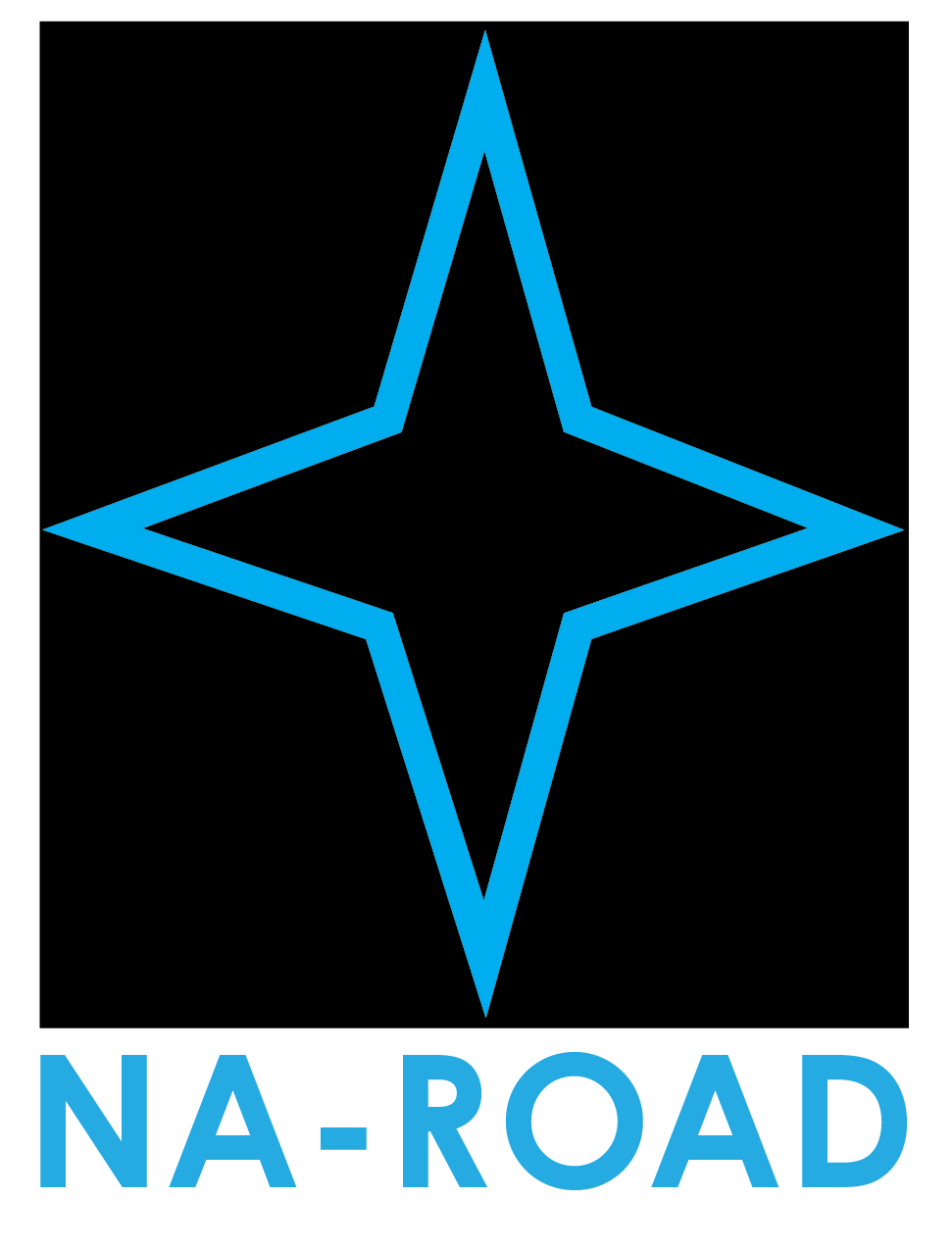Panel participants at the January AAS Special Session, Astronomy for a better World. Credit: IAU/NA-ROAD/S. Lifson
By Laura Trouille
The opening question we asked the panel was: Why is astronomy such a powerful context for these efforts striving to make the world a better place?
To have a sense for the discussion that followed, check out Kevin Govender’s inspiring TEDx Talk.
“What astronomy can do for humankind – with all these big ideas and minds stretching – is to activate the spark that drives inspired thought within us. Astronomy activates the most powerful resource on the face of the planet – the human mind. It feeds our ability to think. That ability has kept us tackling the challenges we face in the world. We tackle it with our science, our technology, our culture. Challenges of poverty inequality, unemployment, discrimination. This is the reality which can only be solved with leadership equipped with inspiration, tolerance, motivation and questioning minds that are not afraid to challenge any obstacle in their path towards making the world a better place. Astronomy gives us the perspective we need to be able to change the world! It is an endless source of sustainable renewable energy for our minds!”
Other questions during the panel discussion portion included:
- How can astronomy-based initiatives contribute to solving global challenges, such as the U.N. sustainable development goal around access to reduce inequalities?
- What are the challenges or barriers that need to be overcome to foster greater cooperation across our region and across the globe around these initiatives?
- What kind of resources, financial or otherwise, are needed to support astronomy initiatives aimed at global development and diplomacy? How can these resources be secured?
Khotso Mohkele spoke of how in the planning and development of the South African Large Telescope (SALT), they knew the time availability on a telescope of that size was going to overwhelm the small number of astronomers in South Africa at that time. And so from the beginning, they were motivated to frame SALT as an African instrument, not a South African instrument. But they also knew that SALT would similarly overwhelm the small number of astronomers at that time throughout the African continent. He noted, “But that was our reality at the time. That was not the reality that we were locked into, into the future.” And with the Office of Astronomy for Development and other partners, the work has been to use astronomy for development; creating training programs and pipelines, using the momentum and resources of SALT and the other telescopes and instruments in Africa to open career pathways to quality work. To hear more of the inspiring vision and impact, see this video of remarks by Khotso Mokhele at the African Astronomical Society conference this past May.
Tania Anderson spoke of her efforts with the Baltimore City and County school systems and the development of the Youth for Astronomy and Engineering program hosted by the Space Telescope Science Institute. Their events create positive and supportive experiences for up to 1,500 young men and women each year as they make choices about high school courses, college majors, and activities. The program activities are available to underserved and underrepresented youth throughout Maryland.
Yasmin Catricheo introduced the North American Regional Office of Astronomy for Development (NA-ROAD) and two of the programs it supports, Women and Girls in Astronomy (WGAP) and Accessible Astronomy for All.
Two of the project leads for WGAP were also on the panel, Thara Caba, lead for ‘Month of Astronomy for Women and Girls in the Dominican Republic’ and Kriscia Ramkissoon, lead for ‘Binoculars: Stepping Stone to Eyes on the Skies in Trinidad and Tobago’. They explained how this small award of $1,000 reached women and girls who had very limited prior exposure to astronomy. The experiences provided by the projects opened up the possibility of astronomy as a career to a group that had not considered it before. The 2024 call for WGAP proposals is here.
A particularly heartwarming moment during the session was during the final Q&A, where the audience was encouraged to share their own projects, ideas, and experiences. Several audience members shared personal stories of how astronomy for development programs early in their lives and careers had a profound impact on their own sense of belonging and career trajectories.
We very much look forward to continuing to bring these topics and discussions into future AAS meetings. And we welcome you to reach out to us via info-naroad@aui.edu if you’re engaged in projects that align with the OAD goals and/or interested in learning more.


